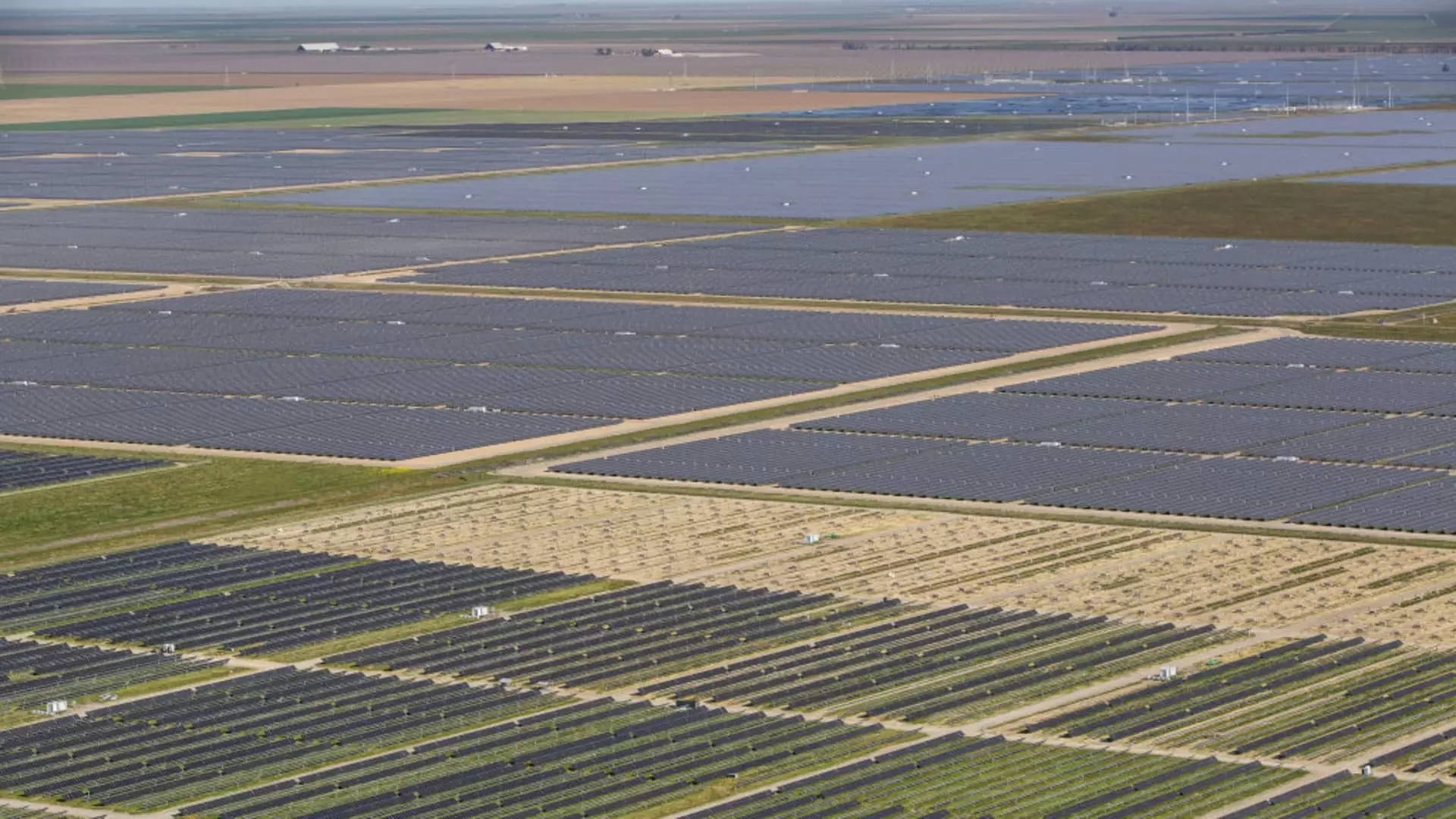The demand for power from data centers is expected to triple by the year 2030. As artificial intelligence continues to scale up at a rapid pace, there will be a significant increase in energy consumption from these facilities. According to a report from Mizuho Securities, data centers will require 400 terawatt hours, or 50 gigawatts annually, by the end of the decade. This will represent approximately 9% of total electricity demand in the United States.
Renewable energy sources are expected to experience significant growth in response to the increasing demand from data centers. Solar energy is projected to increase by 7 gigawatts annually, while wind energy will grow by 5 gigawatts per year through 2030. This growth in renewables is largely driven by the climate commitments of the technology sector. Companies such as Nextracker and Array, which specialize in solar tracking technologies, are expected to benefit the most from this trend.
Investment Opportunities in Solar and Wind
Mizuho analysts predict a 21% upside for solar energy and a 39% upside for wind energy over their current forecasts. This creates opportunities for companies involved in solar module manufacturing, such as First Solar. However, the outcome of the upcoming presidential election could impact the sector, particularly if the Inflation Reduction Act is altered. Nonetheless, First Solar could potentially see a $17 increase in its stock price.
While renewables are expected to play a major role in meeting the power demands of data centers, natural gas will also have a significant role to play. It is projected that natural gas demand will increase by up to 4 billion cubic feet per day by 2030, or 4% of current U.S. production. Gas will serve as a backup energy source, filling the gap when solar and wind power drops due to weather conditions. This is particularly important in areas where data centers are not located close to renewable energy facilities.
Gas producers such as EQT Corp. are expected to benefit from the increased demand for natural gas. These companies supply key data center markets in regions like the Mid-Atlantic and Southeast. Pipeline operators like Williams Companies and Kinder Morgan will also see gains due to their existing infrastructure. This advantage will be especially important if new interstate pipelines are not built in the future.
Challenges and Bottlenecks
While the enthusiasm for AI-powered data centers is high, there are also challenges and bottlenecks that the industry will face. New power projects can take up to five years to get permitted and connected to the grid. Additionally, renewable investments could be delayed if incentives under the Inflation Reduction Act are canceled by a new administration. Higher import tariffs could also impact the growth of renewable energy sources.
The rapid expansion of artificial intelligence in data centers will have a significant impact on power demand in the coming years. While renewables are expected to play a crucial role in meeting this demand, natural gas will also have an important backup role to play. Investment opportunities exist in both the renewable energy and natural gas sectors, but the industry will need to address challenges and bottlenecks to ensure sustainable growth in the future.

